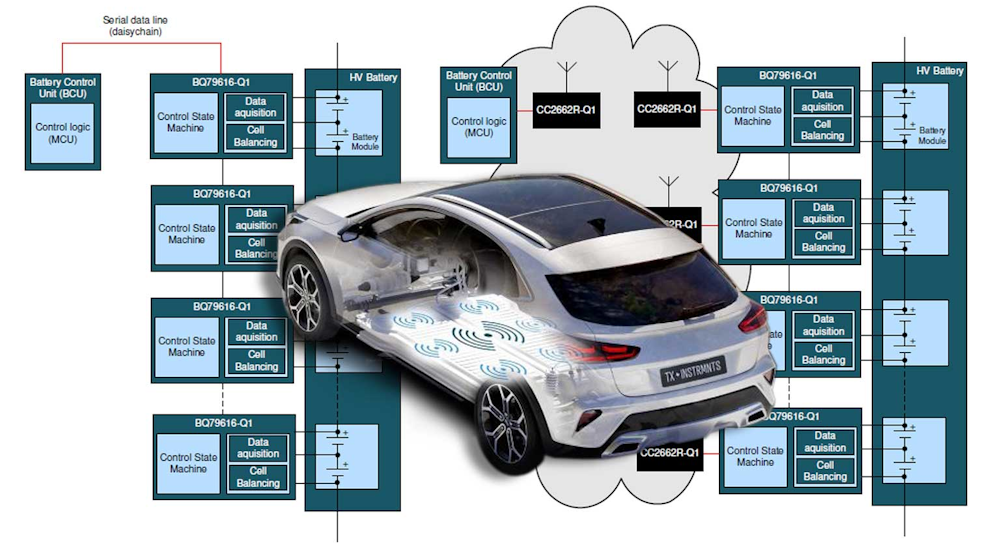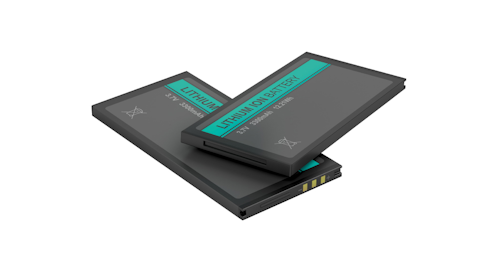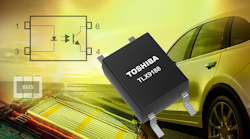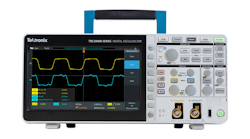>> Electronic Design Resources
.. >> Top Stories of the Week
.. .. >> CES 2021
What you’ll learn:
- Wireless battery-management systems (wBMS) eliminate the mechanical challenges and costs of traditional wired harness systems.
- wBMS weigh less and take up less space than harnessed batteries.
- wBMS enable maximum energy use per cell, resulting in more miles per charge.
- 德州仪器公司has joined Analog Devices among other semiconductor suppliers offering wBMS.
Ground zero in the war to win the hearts and minds of EV engineers today is squeezing more range out of battery packs. Steady advances in battery-cell monitoring ICs have enabled higher energy density and increased life and reliability from packs that can stack up to 800 V or more to support the loads of the ac motor. To accommodate the large quantity of cells required, packs are distributed throughout available spaces in the vehicle. Abattery pack might go in the front, under the passenger compartment floor, or in the rear portion of a vehicle.
The capacity of lithium-ion cells diminishes over time and usage, so every cell in a system must be managed to keep it within a given state of charge (SOC).The batteries are typically organized in modules—groups of cells—that are managed by a dedicated battery-management integrated circuit (BMIC) that monitors and regulates energy and performance. The main role of the BMIC is to periodically measure the cell voltages and temperatures. Typically, one BMIC can monitor up to 16 cells connected in series.
A wired battery-management solution, however, has several challenges associated with detecting failures. Among them is the cost of repair and bulky cables weighing anywhere between 75 pounds on the low end to about 150 or even 200 pounds.
All of that wiring takes up space and is also a drag on reliability, range, maintenance, and overall cost. But what if the battery-management system could be controlled without pounds of wiring?
Benefits of wBMS
Wireless battery-management systems (wBMS) can monitor battery packs continuously for state of health (SOH) and SOC and promise to further improve safety and reliability of the full battery system. By improving the battery-management system by going wireless, the reduced weight of the system allows for more energy efficiency, and thus increases the driving range of the car with the same charge.
On top of that, the wiring harness and connectors are quite a common source of cable failures.Wireless BMS should reduce end-user repair costs since they eliminate the physical harnesses and wires. Maintenance also becomes easier by enabling the replacement of a battery module instead of replacing the workings of the complete battery.
Because the integrated hardware and system software can extend across multiple vehicle platforms with minimal changes, a flexible wireless solution significantly reduces engineering costs. What’s more, time won’t be needed to develop specific communications systems or redesign complex wiring schemes for each new vehicle.
An ASIL D-Qualified wBMS
德州仪器公司(TI) has introduced a solution for wireless BMS featuring an independently assessed functional-safety concept that achieves ASIL D. TI’s solution demonstrates how vehicle designers can remove heavy, expensive, maintenance-prone cabling and improve the reliability and efficiency of EVs.
The TI development follows anAnalog Devices announcementlast fall of awBMS for production electric vehicles that will debut on General Motors’ production vehicles powered by its Ultium batteries. Because it has no cables, it will adapt to different vehicles without the need to be redesigned. GM plans to launch as many as 20 electric vehicles, using all of its brands, by 2023. These batteries will have a capacity between 50 and 200 kWh.
Both the ADI and TI wireless networks are based on 2.4-GHz technology. The two systems announced to date enable maximum energy use per cell, resulting in more miles per charge, and they support safe and sustainable zero-cobalt battery chemistries, such as lithium iron phosphate (LFP).
TI’s wireless BMS offering includes the SimpleLink 2.4-GHz CC2662R-Q1 wireless microcontroller (MCU), an AEC-Q100-compliant, Arm Cortex-M4 wireless MCU optimized for low power, extended temperature range, and enhanced security. Running a proprietary wireless protocol, the CC2662R-Q1 device enables data exchange between a host system processor and the BQ79616-Q1 battery monitor and balancer.
The system sends data from the battery controller unit to the self-supervision unit and vice versa at 1.2 Mb/s while also guaranteeing a latency of around 2 ms for the best-case scenario for a node. It communicates inside a metal box—a Faraday cage—that shields the frequency used for transmission to the outside world from interference. The TI solution supports up to 100 nodes. Each node is connected to a battery monitor like the BQ79616, which is a 16-channel device.
TI believes it has the industry's lowest-power-consumption wBMS because of the combination of frequency hopping and time-duration multiplexing. Furthermore, you're able to recycle the nodes to wake up only when necessary to transmit and then go back to sleep while still maintaining a synchronous connection.
The BQ79616-Q1 battery monitor and balancer includes a patented wake-up-at-fault feature. When paired with the BQ79600-Q1 SPI/UART communication interface, it enables total system shutdown when the vehicle is parked or turned off. This helps design engineers conserve battery power, improve cell balancing, and support safety requirements.
Other features includecell balancing, an integrated analog-to-digital converter (ADC), multi-cell support, open-wire detection, overtemperature protection, overvoltage protection, temperature sensing, undertemperature protection, undervoltage protection, and an operating temperature range of −40 to 125°C.
In terms of signal measurement accuracy the part is said to deliver cell-voltage measurements with less than ±2 mV of errorand a network packet error rate of less than 10-7.
TI requested that the functional-safety authority TÜV SÜD independently evaluate the quantitative and qualitative error-detection performance as well as the feasibility for automakers to achieve ASIL D, the highest level of ISO 26262 certification, using TI’s wireless BMS functional-safety concept.
The 16-channel BQ79616-Q1 is available now in a 10- × 10-mm, 64-pin thermally enhanced thin quad flat package (HTQFP). The BQ79600-Q1, available in volume production, comes in a 16-pin thin shrink small-outline package (TSSOP).
New 12- and 14-channel battery monitors and balancers are expected to be available in the first quarter of 2021.
ADI Enters the Fray with Its wBMS
The implementation ofAnalog Devices’(ADI) wbm也消除了传统有线harness, saving up to 90% of the wiring and up to 15% of the volume in the battery pack, without compromising range and accuracy. The ADI measurement ICs use sigma-delta ADCs. With a sigma-delta converter, the input is sampled many times during a conversion and then averaged. The result is built-in low-pass filtering to eliminate noise as a source of measurement error.
ADI’s wBMS includes all integrated circuits, hardware, and software for power; battery management; RF communication; and system functions in a single system-level product that supports ASIL D safety and module-level security. By delivering high accuracy for the lifetime of the vehicle, the system enables maximum energy use per cell required for best vehicle range. And, as previously mentioned, it supports safe and sustainable zero-cobalt battery chemistries like LFP.
Additional system features enable batteries to measure and report their own performance, increasing early failure detection and enabling optimized battery-pack assembly. The data can be monitored remotely throughout the battery lifecycle—from assembly to warehouse and transport through installation, maintenance, and into a second-life phase.
>> Electronic Design Resources
.. >> Top Stories of the Week
.. .. >> CES 2021



















